Starting your game and the Neolithic Era
Let’s talk about the beginning of your campaigns in Humankind during the Neolithic Era.
Additional information before you start your runs
Prior to starting your runs/campaigns, you’ll be able to select your level of familiarity with Humankind or other 4X strategy games. This will determine the tutorials that are active once you’re playing (you can always change this in the Settings -> Gameplay tab).
Also, under Extras -> Tutorials, you’ll find short videos that explain the basic mechanics. Likewise, you can check Extras -> Community -> Encyclopedia to view wiki-esque pages (a feature that can also be accessed in-game on the lower-right corner of your screen). Unfortunately, as mentioned in our official review, these pages were fully zoomed out for me. I couldn’t zoom in or set the scale accordingly which made the text unreadable.
Note: You can also take a look at our game settings and AI behavior guide to see the key components that will determine the pace of your playthrough and the personalities of your AI opponents.
Neolithic Era: Exploration as a tribe and Sanctuaries
Humankind is quite unique since you don’t select a particular civ, nation, or faction at the beginning of each game. Instead, you’re a tribe that’s set to explore the wide world. Basically, you’re like a barbarian without a place to call home.
You start out with only one unit of tribal people. As you explore, you’ll find curiosities (little icons pertaining to food or science). The food curiosities that you pick up increase your tribe’s growth so you can obtain an extra unit. You actually want to split up this force by clicking on the button. Ideally, you’ll want multiple single-unit armies roaming around to cover more ground.
Note 1: Curiosities can reappear in the general area, including ones that you’ve already visited, if they’re covered by the fog of war. You could actually set your tribes to auto-explore (press the button next to the “build outpost” panel). This makes them beeline for curiosities even if they’re not yet visible due to the fog of war.
Note 2: Moreover, I suggest pillaging Sanctuaries as well. During the Neolithic Era, pillaging a Sanctuary takes only a turn and your unit receives food to spawn more troops.
Fame and Era Stars
Humankind only has one victory condition, and that’s having the most Fame (i.e., highest score) at the end of the game. Fame is awarded by completing objectives and Era Stars (which you can see at the upper-left section of the HUD).
In the Neolithic Era, there are three key objectives to keep in mind:
- Growth Star – Have five population or five units (i.e., pick up food curiosities until you have lots of units).
- Hunter Star – Defeat five animal units (i.e., wooly mammoths or deer).
- Knowledge Star – Accrue 10 science (i.e., find science curiosities which provide +1 to +3 science).
The Neolithic Legacy Trait
If you complete any of the three Neolithic Era objectives, you can advance to the Ancient Era and select a unique culture/civilization. However, before you do that, you might want to rethink your strategy if you wish to acquire the Neolithic Legacy Trait.
The Neolithic Legacy Trait can only be obtained if you complete the Knowledge Star objective. It presents you with three options that will remain active for the rest of the game:
- Makers: Wattle and Daub – +1 industry per population.
- Farmers: Plant Lore – +1 food per population.
- Storytellers: Astronomy – +1 science per population. Among the choices, I prefer this one since it lets me stay competitive in the tech race as I’m growing the population.
Note: Remember that Humankind‘s campaigns are a race against your opponents. Your rivals can beat you to the punch when it comes to selecting new cultures/civilizations, and you might find yourself gimped all throughout your run if you can’t choose top-tier options.
All right, let’s go to the next part of our Humankind beginner’s guide to discuss resource yields, outposts, and territories.

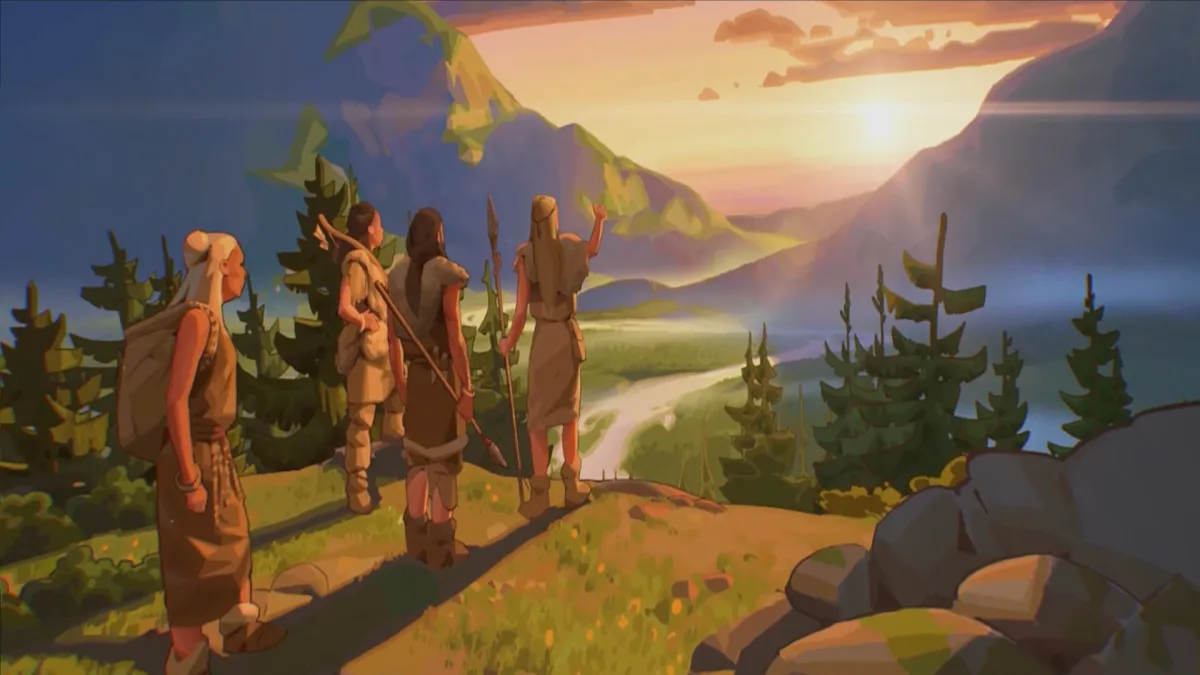
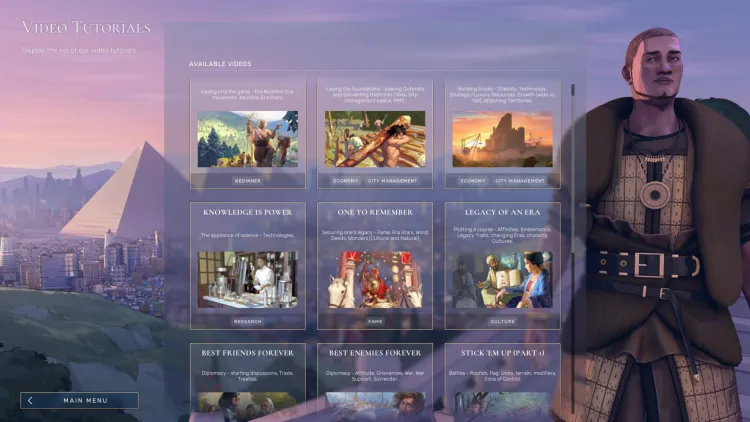
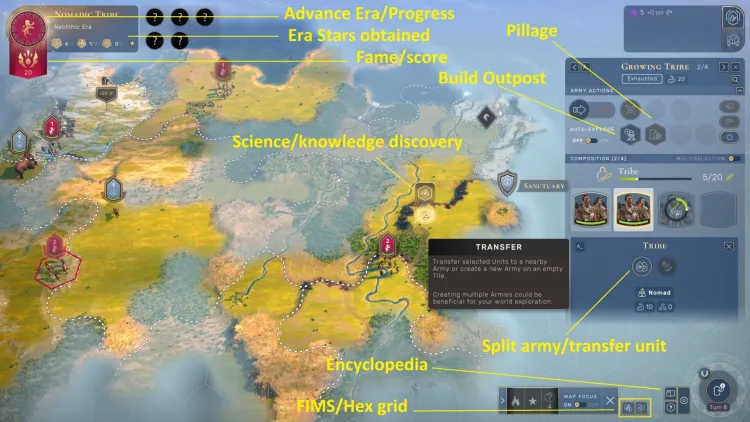
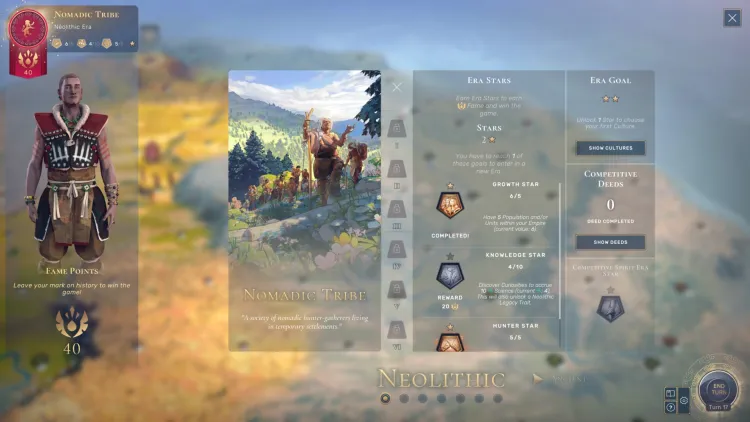
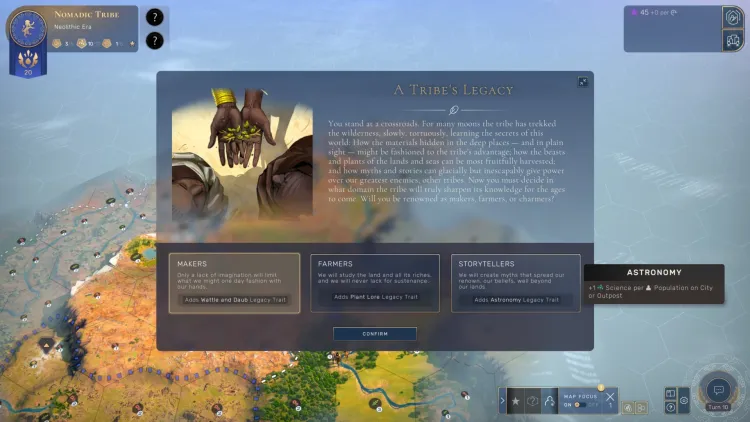




Published: Aug 17, 2021 07:15 am